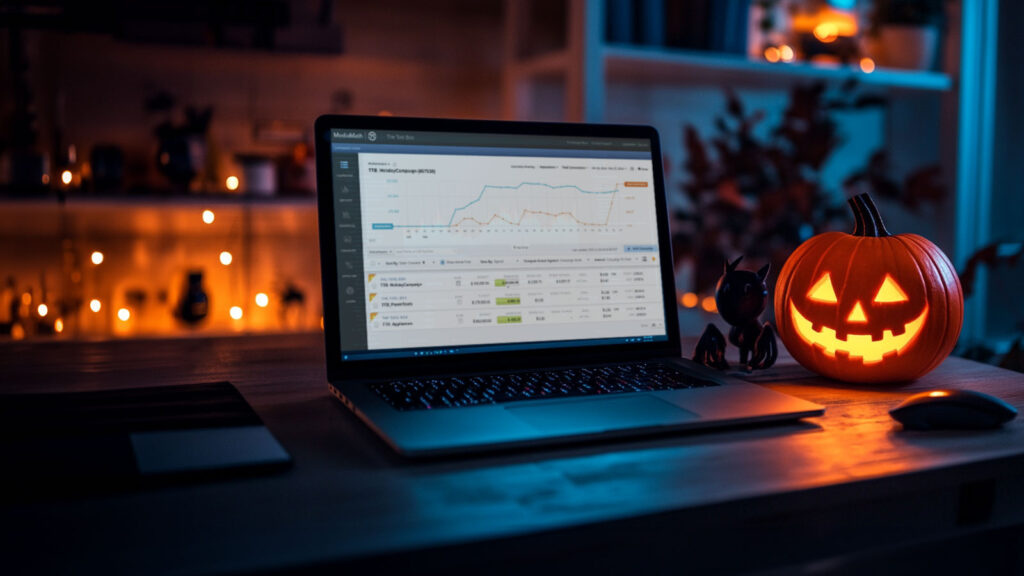How Digital Out-Of-Home Is Turning Up The Volume At Music Festivals
If you have attended a music festival sometime in the past 20 years, you’ve probably wasted at least 5 minutes holding your phone above your head, trying to get even the slightest bit of signal with little success.









